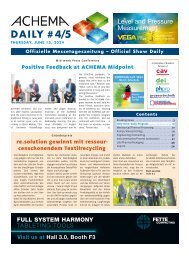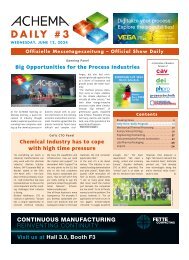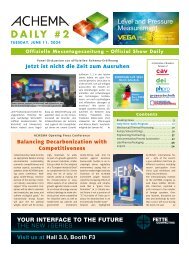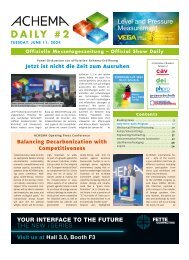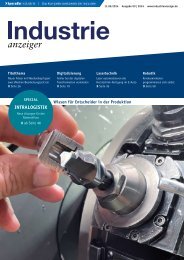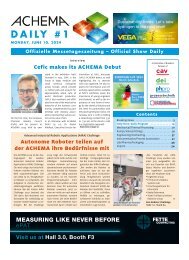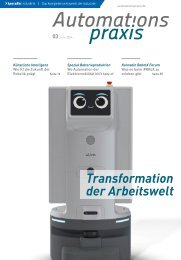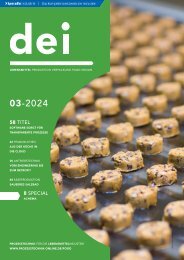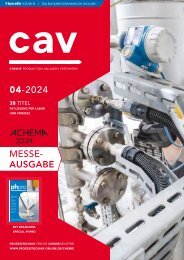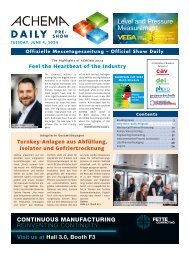EPP Europe P2.2023
Create successful ePaper yourself
Turn your PDF publications into a flip-book with our unique Google optimized e-Paper software.
Source: Indium Corporation<br />
Many parameters affect voiding, as shown in this cause and effect diagram<br />
Reflow profile effects<br />
Profile #1 is a ramp-to-peak profile with a maximum<br />
temperature of approximately 240˚C ±4˚C.<br />
Profile #2 has a slight soak and a peak at 254˚C ±4˚C<br />
and has a slightly higher time above liquidus of 77<br />
seconds versus 70 seconds.Profile #2 had significantly<br />
better voiding results, yielding less than 8%<br />
void area versus 22% for Profile #1. Not only does<br />
Profile #2 significantly reduce the area of voiding,<br />
the scatter in the data is also greatly reduced.<br />
Our theory is that the hotter profile is more successful<br />
in driving out the volatiles than the cooler<br />
profiles. This concept is easy to understand when one<br />
considers that the vapour pressure of most solvents<br />
increases considerably at higher temperatures.<br />
this difference is significant. We believe that the<br />
5mil stencils exhibit less void area because the<br />
higher stand-off (0.005“ vs. 0.004“) allows for easier<br />
outgassing/venting of the solder paste flux volatiles.<br />
Stencil thickness<br />
We performed experiments in the conditions described<br />
with Profile #1 using two stencil thicknesses<br />
of 4mils and 5mils. A Tukey analysis indicated that<br />
Many parameters affect<br />
voiding, as shown in this<br />
cause and effect diagram<br />
Source: Indium Corporation<br />
Hall A4 - Booth 155<br />
<strong>EPP</strong> <strong>Europe</strong> » 11 | 2023 35



